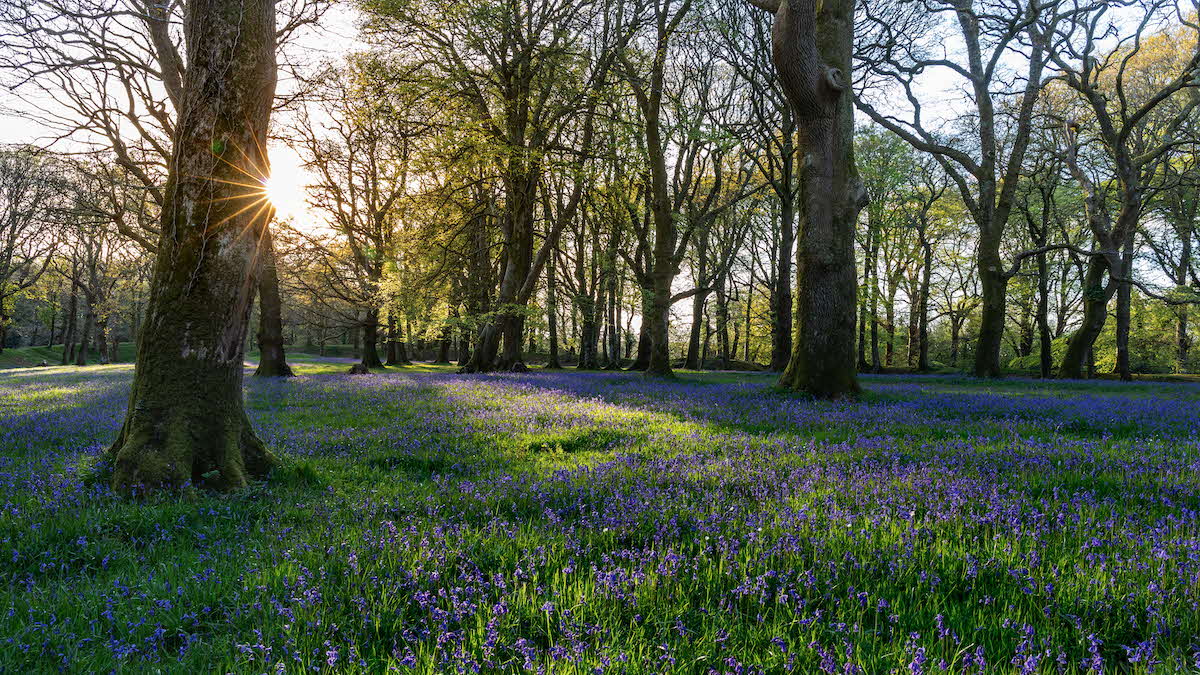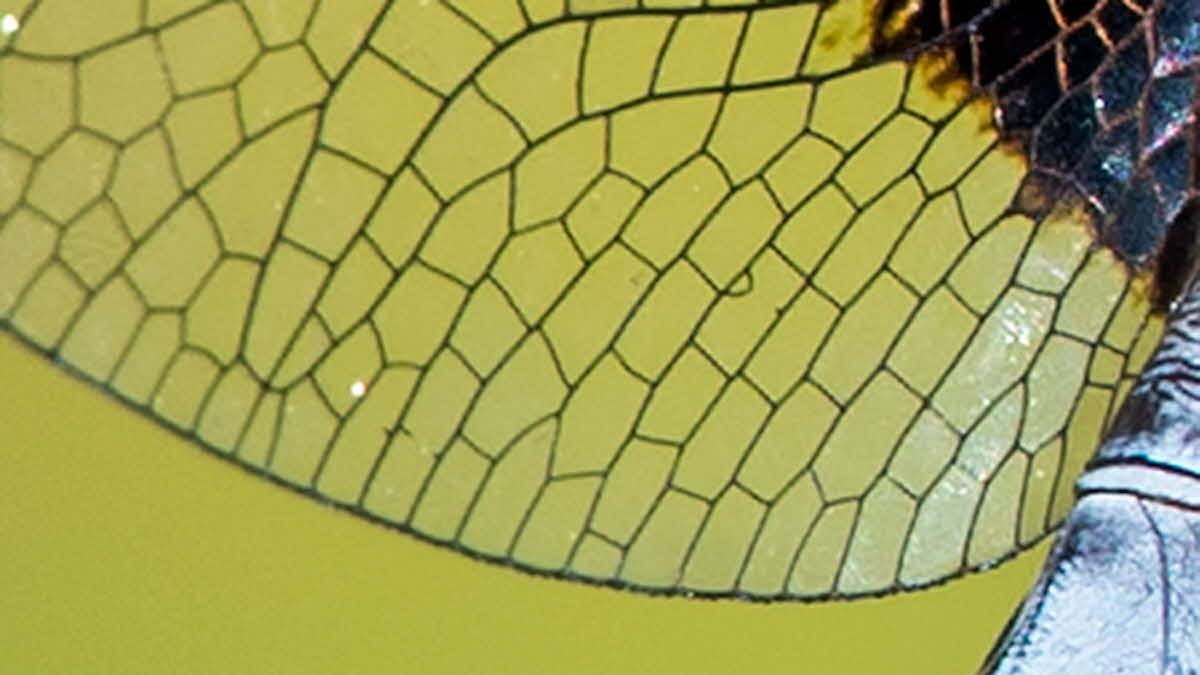Top nature campsites
You’ll be amazed at the variety of animals to spot on some of our Club campsites
View our top nature campsitesAs we wave off the darkness of winter, David Chapman highlights signs of life to look out for in our woodlands and beyond

There is an old saying that March comes in like a lion and goes out like a lamb. While it is true that the early days of the month can be extremely cold, by the end of March the spring equinox will have ushered in more than 12 hours of daylight every day, so even if we don’t immediately feel the full warmth of spring we can be sure that the seasons have changed and that nature will respond quickly and spectacularly.
During the first Covid lockdown in spring 2020, the natural world provided moments of hope. I remember the silence; without any traffic on the roads we could listen to the sounds of nature unimpeded by the constant hum of modern-day life. Some of my hour-long daily exercise was spent with my phone in hand, not scrolling through social media or listening to music, but recording the songs of birds.
Spring is the best time of year for birdsong as individuals establish their territories for the breeding season.
They sing to attract a mate and tell others to clear off and find their own patch! The most prolific song is heard at dawn because this is the least productive time for feeding and it’s usually when sound carries best.
The dawn chorus is a spring-time phenomenon but it isn’t constant: the participants vary with the months. In March the chorus is dominated by early-breeding resident species such as blackbirds, song thrushes, mistle thrushes, robins, wrens and dunnocks. As we enter April a few migrant birds join in, most notably chiffchaffs and blackcaps, and by the time we get into May there is a whole new chorus line as the residents drop out and other migrants arrive. We might have willow warblers, whitethroats, cuckoos, sedge warblers, redstarts, grasshopper warblers and many more, depending on habitat and location.
If you are planning on rising early for the dawn chorus it is important to choose a calm, dry day. The action usually kicks off before sunrise and will gradually diminish as the birds’ priorities change from establishing territory to finding food.
Any habitat can be good for birdsong: gardens, nature reserves, parks, heathland and scrub all have potential. Top of my list is woodland, partly because we can also witness that other seasonal spectacle – spring flowers.
Woodland flowers develop early because they need to grow, bloom and be pollinated before trees develop their leaves and cast shade on the ground beneath. The most iconic of woodland flowers is the bluebell. A carpet of bluebells beneath a canopy of beech trees is a hard sight to beat, and we should be proud to have about half of the world’s bluebells in the UK.
The exact timing of this spring spectacle varies according to weather and location. Sometimes, in the south-west of England, bluebells will peak at the end of April, but more typically it is the first week of May; farther north, they flower later, with plenty of bluebells still to be enjoyed in Scotland in June.
Our woodlands are hosts to a steady progression of other flowering plants during spring. Many are bright yellow – lesser celandine flowers from February and primroses peak in May. Some, though, are quite understated, with alternate-leaved and opposite-leaved golden saxifrage flowering in damp spots from February, and dog’s mercury – which, like the bluebell, is an indicator of ancient woodland – producing small green flowers in April.
Other indicator species of ancient woodland include lily of the valley, wood anemone and another carpet-forming plant, wild garlic. This broad-leaved, white-flowered onion has a pungent, garlicky scent. Its hemispherical head of white flowers helps distinguish it from the three-cornered leek, which has a similarly strong smell but narrow leaves and a hanging head of white flowers.
Another woodland flower with a garlic scent, albeit less pungent, is garlic mustard. Also known as hedge garlic and poor man’s mustard, this is a flower of woodland clearings and hedgerows, and is an important food source for the caterpillars of one of our spring butterflies, the orange-tip. Only the male butterfly has the orange-tips on its wings and to see him flying through a woodland glade is one of the most uplifting sights of spring.
As the temperature increases we can expect to observe a plethora of other butterflies emerging, starting with the holly blue, speckled wood, green-veined white and brimstone joining the small tortoiseshell, red admiral and peacock, which might all have over-wintered in adult form. It’s worth making a note of the first date you spot each of these species to make comparisons over the coming years.

Every issue of the Club magazine I will show you a photo of something from the natural world. It might be a close-up, or a subject that is difficult to identify. All you have to do is figure out what it is! Here is this issue’s photo; no clues or prizes – it’s just for fun.
I will give you the answer next issue, but if you can’t wait, log in to the digital magazine. The subject of February’s mystery photo was: fox.